Top 10 Interesting Facts about Camels
Camels with hooves can be seen throughout Asia and Africa. They frequently reside in semi-arid or desert areas. Camels are raised by nomads for their meat and ... read more...milk, which they need to subsist. For the pastoralist populations, the camels also assist in transportation from one location to another in quest of grazing. Let's discover some interesting facts about camels that you may not know.
-
The term "camel" refers to an even-toed ungulate in the genus Camelus that has unique fatty deposits known as "humps" on its back. Camels have been domesticated for a long time and serve as livestock, producing food (meat and milk) and fabrics (fiber and felt from hair). Camels are important modes of transportation for both people and goods since they are working animals that are well adapted to their desert habitat. There are three species of camels. Dromedary camels (also known as Arabian camels), Bactrian camels (also known as Asian camels), and wild Bactrian camels (Camelus ferus) are the three different species of camels in the world.
The two-humped Bactrian camel makes up 6% of the world's camel population, whereas the one-humped dromedary makes up 94%. A distinct species that are currently at grave risk of extinction is the wild Bactrian camel. Most camels are household animals. Wild Bactrian camels, the only type of wild camel, are only found in a few places in China and Mongolia. Bactrian camels have two humps, but Dromedary camels have a single hump and long, curving necks. Dromedary camels are about six feet tall, while Bactrian camels are about seven feet tall, making all three kinds of camels tall.
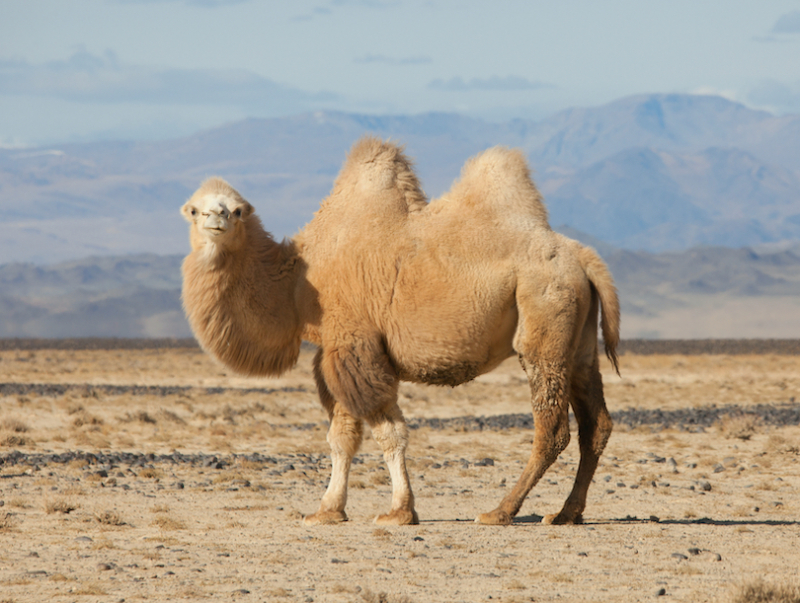
en.wikipedia.org 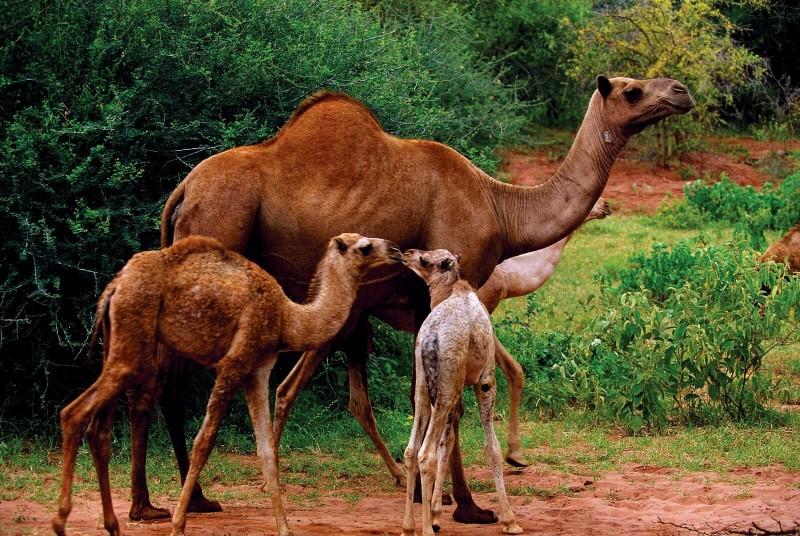
en.wikipedia.org -
South America is home to "New World" camels. They have the same parent, the Protylopus, as the three species of Old World camels previously described. 40 million years ago, their progenitor existed on Earth, and their progeny dispersed to South America and Asia. The creatures we see today are the result of those who traveled to South America. The vicua (Vicugna vicugna) and guanaco (Lama guanicoe) are wild camels while the llama (Lama glama) and alpaca (Lama pacos) are domestic animals in New World .
Vicuas are tiny, highly uncommon creatures that seldom grow taller than 3 feet (90 cm) at the shoulder or weigh more than roughly 50 kg. Vicuas are the only camels with continuously developing bottom incisor teeth and solely outer-surface enamel. Taxonomists have classified them as a distinct genus as a result of this trait. Vicuas can quickly cover the dry, open grasslands where they inhabit, which are located at elevations between 3,500-5,700 m. Vicua fur is one of the world's softest fabrics that can be made, and for many years, only the Inca kings wore it. The bigger guanacos inhabit mostly open, arid land, from coastal plains to high highlands. On their backs, guanacos have cinnamon-colored hair; on their undersides, it is white. They have black faces in contrast to the tiny vicuas. The tallest camel in South America, the guanaco is less than 2 meters tall and weighs just approximately 113 kg.
Natives of the Andes Hillsides began breeding the guanaco some 4,000 years ago to create two additional domesticated camels: the long-haired alpaca and the sure-footed llama, which were developed for strength, endurance, and the capacity to carry heavy loads across steep mountains. A typical male llama weighs around 90 kg, yet it can traverse mountainous terrain for roughly 24–32 km each day while carrying a load that weighs about two-thirds of that much on its back. The Incas transported silver from their mountain mines using llamas. The other domesticated breed, the alpaca, has long hair that is appreciated for warm blankets and garments because it is soft, light, and water-resistant. Before being sheared, the hair on certain alpaca breeds practically touches the ground. Because it is excessively coarse, llama hair is not usable for weaving. To generate an animal with hair that is both stronger and softer than either of its parents, llamas and alpacas are frequently mixed.
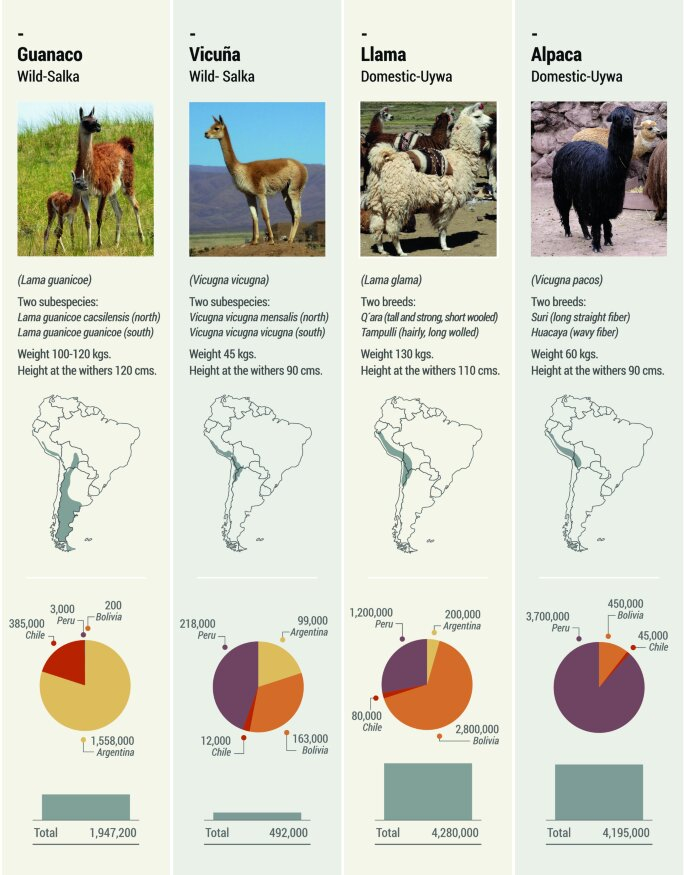
www.researchgate.net 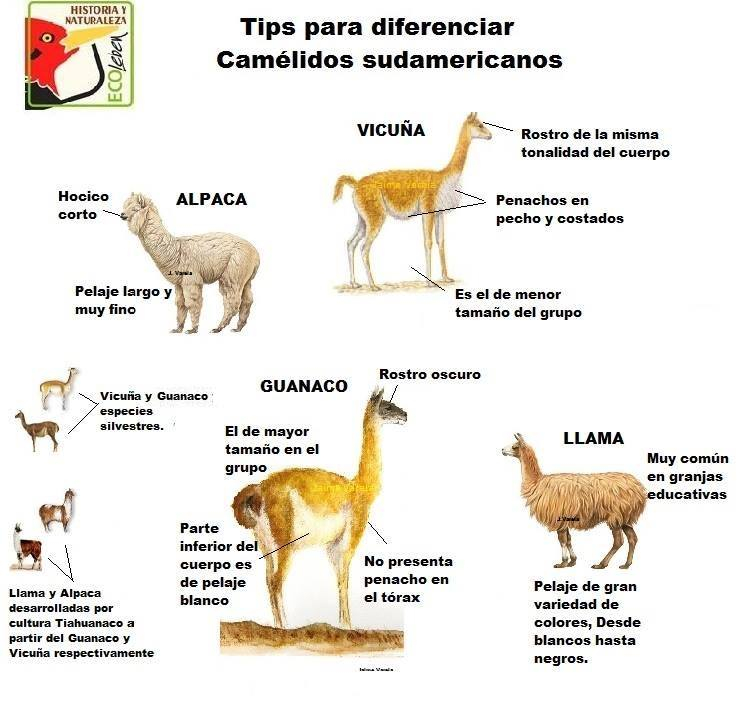
www.facebook.com -
The capacity of camels to go for weeks at a time without eating has long been recognized, and this makes them extremely valuable pack animals for people traveling across dry settings. A lot of people think that camels' distinctive humps, which can have one or two humps depending on the species, are used to retain water so that it can be accessed later. But rather than holding water, camels' humps contain fat, which they use as a source of energy when food is in short supply. Healthy camels with large fat reserves may last many weeks without eating or drinking.
Camels often inhabit deserts, which can make it challenging for them to find food. When a camel goes for an extended period without meals, its body may use the fat in the humps as fuel, which is one of the interesting facts about Camels. For every gram of digested fat, this tissue produces more than one gram of water during metabolism. If the camel has gone a very long time without eating, the humps may deflate and droop, but they will sit upright again once the camel can refuel.
Additionally, the camel's humps also aid the animal in controlling its body temperature and it performs the function of keeping a camel cooler in the desert heat, which is crucial in the desert where daytime temperatures may soar to dangerously high levels and drop precipitously at night. Camels can reduce heat insulation throughout the rest of their body throughout the day when temperatures are high, and their body temperature increases, by concentrating fatty tissue in humps on their backs rather than all over their body. So that their body temperature is not too low as it gets cooler at night, the surplus heat is then dissipated via the remainder of the camel's body. Besides, as oxygen is needed for the metabolic process, this fat metabolization releases energy while also causing water to drain from the lungs during breathing. As a result, there is a net reduction in water. They even have a unique way to regulate brain temperature! Animals need to keep the brain temperature within particular ranges, and camels have a rete mirabile, a network of arteries and veins that are closely spaced and use countercurrent blood flow to cool blood going to the brain.

www.britannica.com Encyclopaedia Britannica - youtube.com -
Although camels don't have water reservoirs in their humps, they are excellent water savers. Heterothermy is how camels control their body temperature all day long. They can conserve water by not sweating amid daily temperature rises. Additionally, to preserve water, the camel exhales, trapping water vapor in its nostrils, which is then reabsorbed into the body. In cooler climates, camels may consume enough moisture from their green plant food to keep their bodies hydrated without drinking.
Besides, a camel's kidneys and intestines are excellent at reabsorbing water. In the kidneys of the camel, the ratio of the cortex to the medulla is 1:4. As a result, the medullary portion of a camel's kidney is twice as large as that of a cow. Second, the surface area for filtration is reduced by the lower diameter of renal corpuscles. In the harsh desert environment, camels can preserve water and produce less pee because of their two main structural features.
Thus, Camels can survive for extended periods without access to external sources of water because of several physiological adaptations. Even in extremely hot weather, the dromedary camel may go up to ten days without drinking, and it can lose up to 30% of its body mass as a result of dehydration. However, once they find a water source, a 600 kg (1,300 lb) camel can drink 200 L. This is the equivalent of 53 US gallons and all of that in just three minutes. This happens because the red blood cells of camels are oval as opposed to circular in other animals. This improves the flow of red blood cells during dehydration and makes them better at withstanding significant osmotic fluctuation without rupturing while drinking huge volumes of water.
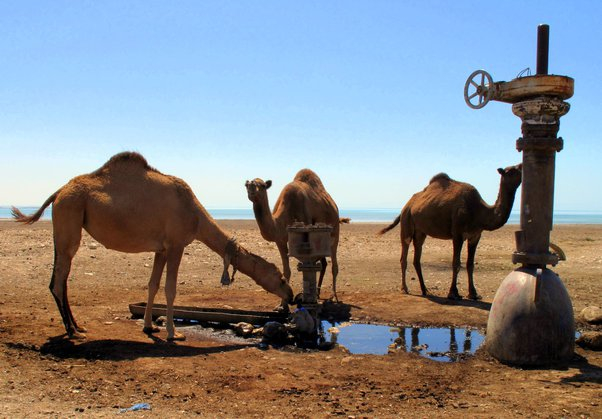
wildlifetrip.org Dr. Raja Shad - youtube.com -
Camels have various adaptations that allow them to survive in the harsh desert climate. The camel's thick coat protects it from the tremendous heat emitted by the desert sand, a camel who has been shorn must sweat 50% more to be cool. The coat's hue lightens throughout the summer, reflecting light and assisting in preventing sunburn. The large legs of the camel assist in keeping its body away from the hot earth, which can reach temperatures of up to 70 °C (158 °F). Over their sternum, camels have a thick tissue cushion called the pedestal. The pedestal elevates the body off the scorching surface when the animal is lying sternally recumbent, allowing cool air to circulate underneath.
In their hard desert habitat, they are quite skilled at seeking food. Camels can chew prickly desert vegetation because of the thick, leathery lining of their jaws. The split top lip may move independently on either side, allowing camels to approach the ground to graze on short grass. They can splinter off and devour vegetation like thorns or salty plants, and they can even eat fish with their hard yet flexible lips, which is one of the interesting facts about Camels. The ability to seal one's nose and have long eyelashes and ear hairs create a defense against the sand. They have a translucent third eyelid that they may use to remove sand from their eyes also known as the nictitating membrane. The camels' gait and their wider feet allow them to walk across the sand without sinking.
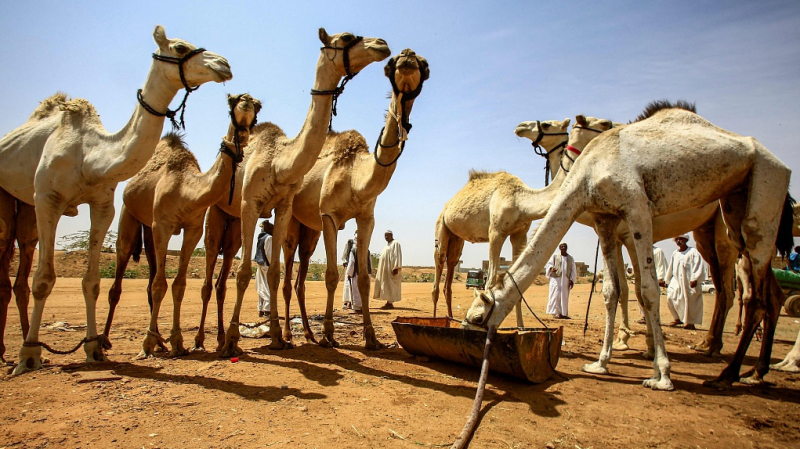
www.thenationalnews.com Explorers - youtube.com -
Of all the animals, camels are perhaps the most hardworking, which is one of the interesting facts about Camels. On average, a camel can carry 200 kg of goods, travel 40 km daily, and can go 3 days continuously in the desert. Camels can maintain speeds of up to 65 km/h in short shrubland. If not, they can run 15 km / h, continuously for 8 hours without rest. Therefore, camels are called "ships in the desert", to reward them, it is indeed shameless.
Camels are impressively capable of pulling a big weight. The dromedary can transport up to 220 pounds, whereas the Bactrian camel can transport up to 440 pounds each day. The camel walks at a tempo or simultaneous movement of both legs on the same side of the body. Walking in the desert, often encountering scary situations such as sandstorms on all sides, flying sand, and spinning heaven and earth. At this time, camels calmly lie down, eyes closed, their long and thick eyelashes like a curtain blocking the sand and wind, protecting the eyes. Waiting for the sand wind to pass, they stood up, shook off all the sand on them, and silently continued forward. These herbivores can work without stopping, even going without food for 6 months.
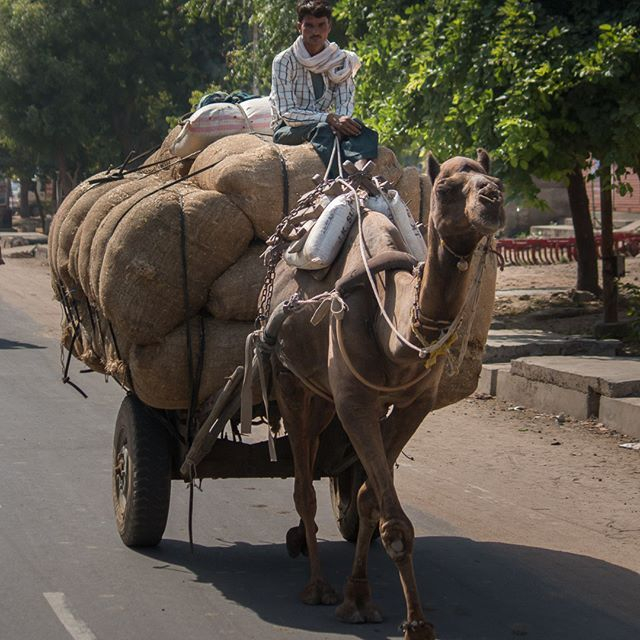
www.thenationalnews.com Qasim Qasim - youtube.com -
Dromedary and Bactrian camels are gregarious animals that migrate in herds. They are gregarious creatures that gather together in herds for protection. Up to 30 people can make up the herd, which may include an adult male, females, and their young with one dominant male. Males who have been driven from the group organize themselves into bachelor herds. Camels are not prone to violent outbursts, except for males asserting dominance during mating.
Camels emit a variety of sounds, including groans and moans, booming bellows, thundering roars, and high-pitched bleats. Newborns and their mothers hum to one another. A camel may blow on another camel's face as a warm greeting. In camel society, the positions of the head, neck, ears, and tail carry many connotations. Ears forward, for instance, denotes alertness, the tail curled over the back is a sign of submission.
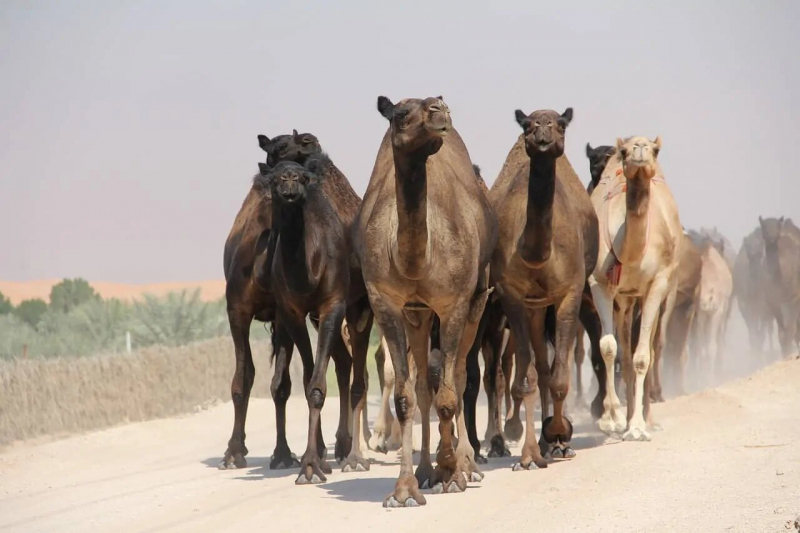
www.pinterest.com 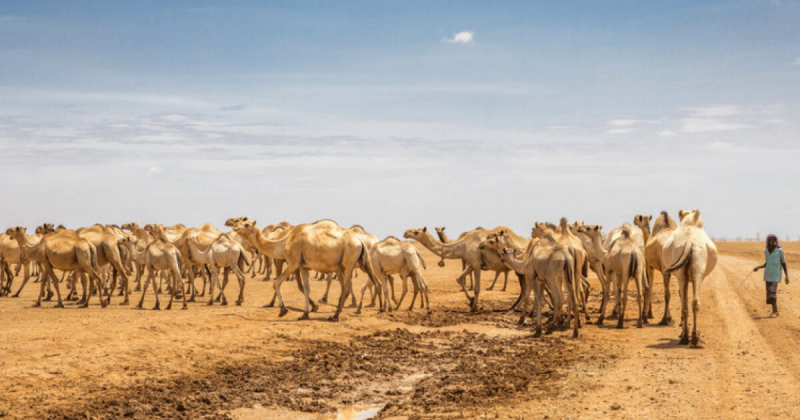
www.mercycorps.org -
The first camel saddles had developed by as least 1200 BC, and Bactrian camels could be ridden. The first saddle was placed on the camel's back, and a rod was used to govern the Bactrian camel. However, Bactrian camels entered military service between 500 and 100 BC. The rider's weight was distributed across the animal using brand-new, rigid, bent saddles that were placed over the humps. The military Arabian saddle developed in the seventh century BC, somewhat enhancing the saddle design once more.
In conflicts across Africa, the Middle East, and even the present-day Border Security Force (BSF) of India, military forces have employed camel cavalries. The Battle of Qarqar in 853 BC saw the first recorded usage of camel cavalries. Camels have been employed by armies in place of horses and mules as a form of transport. The Romans recruited Dromedarii, or support forces, in the Roman Empire's eastern desert provinces. The ability of camels to scare off horses at close range due to their fragrance is what made them most useful in battle. The Achaemenid Persians notably utilized this skill when defeating Lydia in the Battle of Thymbra (547 BC).
Besides, the British Army also established the Egyptian Camel Transport Corps during World War I, which was made up of several Egyptian camel drivers and their animals. The Corps transported supplies to the troops in support of British military operations in Sinai, Palestine, and Syria. Additionally, during World War II in the Caucasus, Romanian troops rode Bactrian camels. Due to a lack of vehicles and horses, Soviet soldiers operating in Astrakhan in 1942 adopted local camels as draft animals and kept them long after leaving the region.
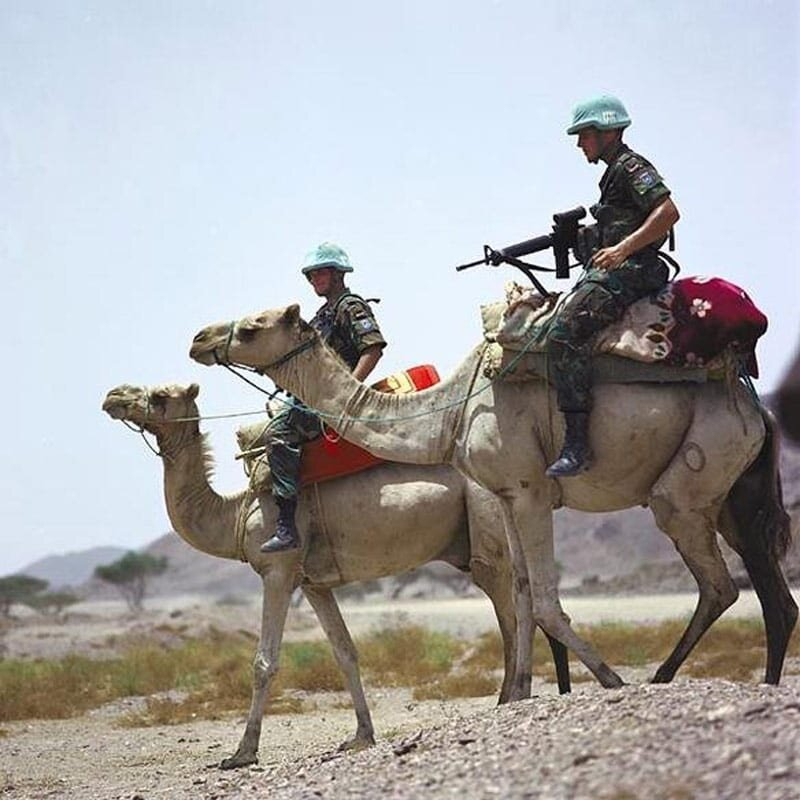
www.pinterest.com 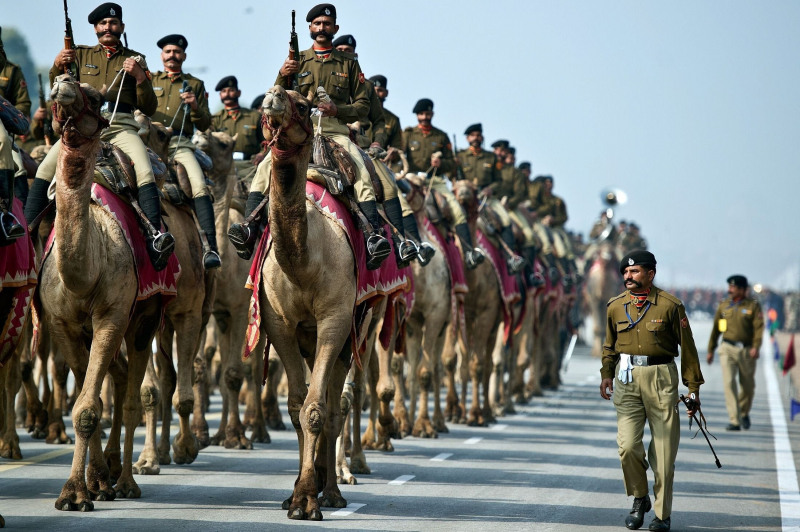
www.mercycorps.org -
In addition to being used for transportation, camels have given people food in the form of meat and milk. Camels were also employed in the military, and their coats were utilized to produce tents, bedding, clothing, and accessories. Compared to the milk of other ruminants, camel's milk has lower cholesterol and greater levels of salt, potassium, vitamin C, and other minerals. It is also believed that camel milk is closer to human milk than cow milk. A nomad may survive only on camel milk for over a month; it is a staple diet of desert nomad tribes and is occasionally considered a meal in and of itself.
Yogurt may be easily manufactured from camel milk, but can only be made into butter if it is souring first, churning it, and then adding a clarifying agent. Due to rennet's inability to enable the milk proteins to coagulate sufficiently to allow the collecting of curds, camel milk could not previously be turned into camel cheese. However, in the 1990s, Professor J.P. Ramet of the École Nationale Supérieure d'Agronomie et des Industries Alimentaires, who was able to cause curdling by mixing calcium phosphate with vegetable rennet. Even for lactose intolerant, the cheese made using this procedure has minimal cholesterol levels and is simple to digest. Besides, ice cream may also be prepared with camel milk.
Camels live in desert settings, thus, their flesh is a significant source of protein, glycogen, and other necessary components, making them a staple in many people's diets. The brisket, ribs, and loin are some of the most popular cuts, while the hump is prized for its delicate flavor. Preserved meat of mutton, cattle, or camel can be made from the "white and sickly fat" found in the hump. The dromedary camel is the breed of choice for producing meat because of its chemical makeup and superior meat quality. Older camels can be exceedingly tough, yet camel flesh tastes like coarse beef.
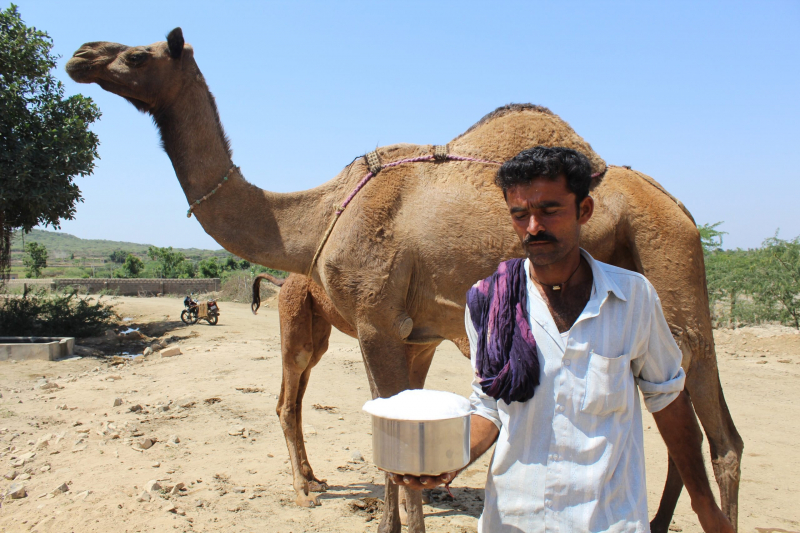
www.reddit.com FRANCE 24 English - youtube.com -
Even though most camels are domesticated, the few wild Bactrian camels that are still alive are in grave danger. Wild Bactrian camels, which are recognized as a distinct species from the domesticated Bactrian camel, are restricted to just four locations: the Great Gobi Section A Strictly Protected Area in Mongolia, the Taklamakan Desert, the Lake Lop Camel National Reserve, and the Gashun Gobi in northwest China.
There are thought to be less than 1,000 wild Bactrian camels left, and over the next 45 to 50 years, their number is predicted to drop by as much as 80%. Subsistence hunting, wolf predation, habitat deterioration, and competition with farmed Bactrian camels for resources are some of the threats facing wild Bactrian camels. Being the seventh most endangered big animal in the world, the possible repurposing of the wild Bactrian camel's habitat for industrial use poses a threat to the species in China. To fix this, through a breeding effort at the Hunter Hall Wild Camel Breeding Centre in Mongolia, the Wild Camel Protection Foundation is attempting to prevent the extinction of wild Bactrian camels. 35 wild camels are living at the existing center, and five of them will give birth in 2020.
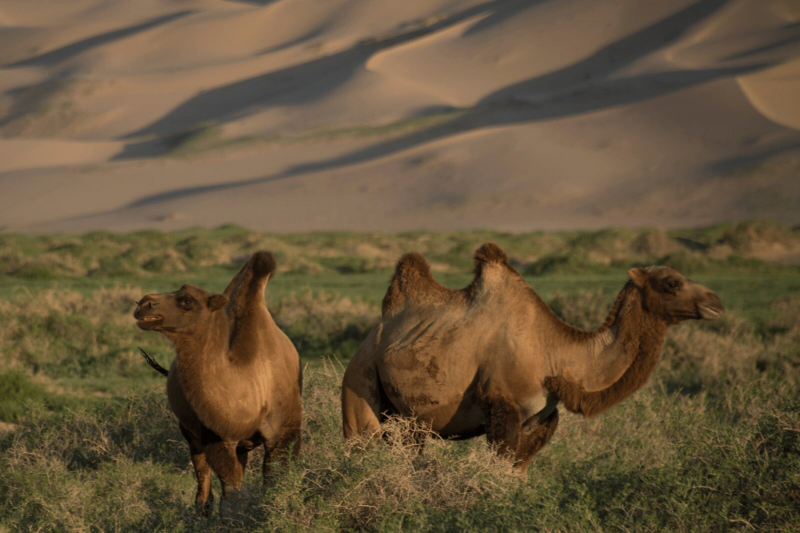
wildlife-foundation.org.uk 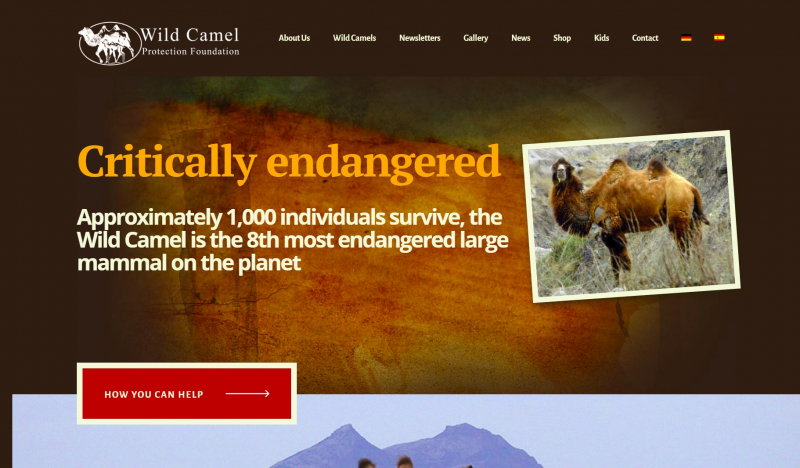
wildlife-foundation.org.uk































